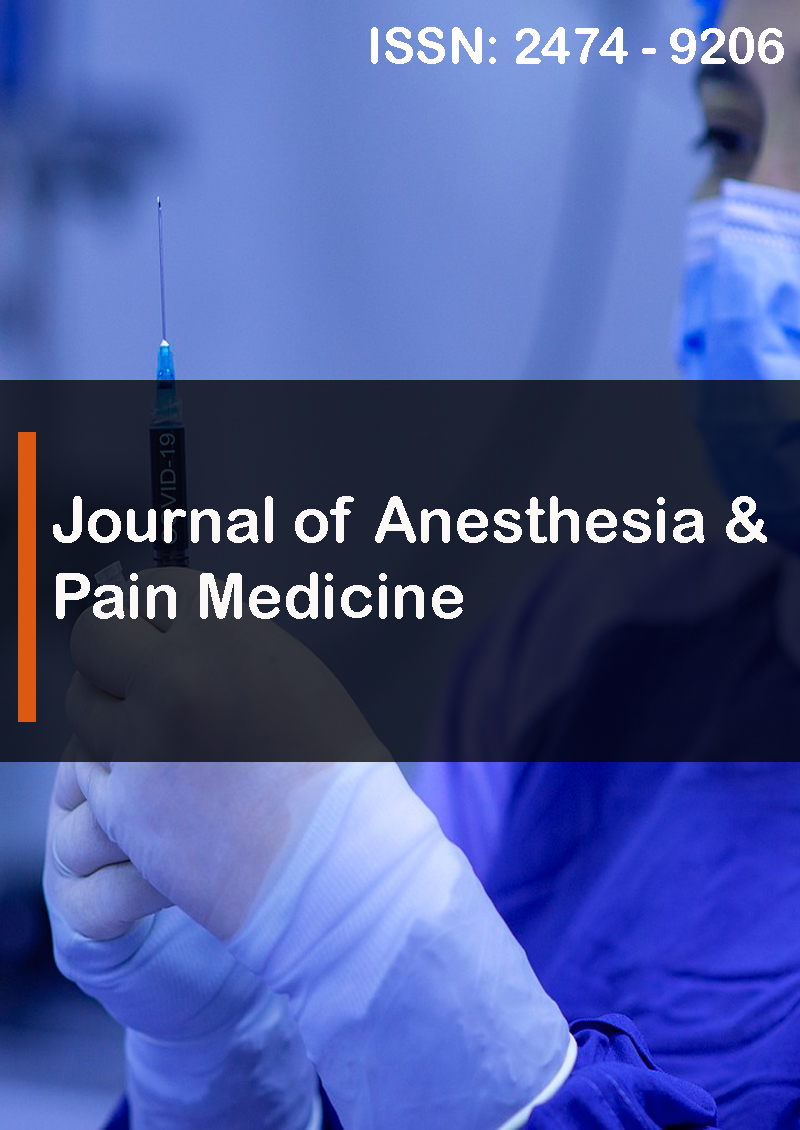Anesthesia for Awake Craniotomy in Patients with Metastatic Brain Tumor in Ibadan, Nigeria
Abstract
Adigun Tinuola Abiodun, Idowu Olusola Kayode
Introduction: Craniotomies can be performed under general anaesthesia or with the patients awake known as awake craniotomy. Awake craniotomy requires that the patients be conscious and cooperative during intraoperative neurological testing.
Methods: This was a retrospective study of the anaesthetic protocol and the complications encountered during the perioperative management of patients who had awake craniotomy for metastatic brain resection in a developing country over a 3- year period. The information retrieved were demographic data, tumor location, anaesthetic technique and perioperative complications.
Results: There were ten patients comprising of 9 (90%) females and 1 (10%) male. The age ranged from 33 to 66 years with a mean age of 44.00 ± 12.02 years. Eight patients had metastatic brain tumor from the breast carcinoma, one from the lung and the last patient had metastasis from the colon. Four patients had tumor excision from the frontal lobe while 6 patients had excision from the parietal lobe. They all had solitary brain tumor. The anaesthetic technique used was conscious sedation and scalp block. Propofol and fentanyl were used for the conscious sedation while 0.25% Plain Bupivacaine and 1% Lidocaine with adrenaline (1: 200,00) were used for the scalp block. Patients were allowed to breathe spontaneously 100% oxygen. Two patients had respiratory depression with oxygen saturation less than 95% and laryngeal mask airway was inserted. Hypertension and tachycardia were seen in 4 patients, focal seizure in 2 patients and aphasia in 1 patient. Intensive care unit admission was for 24 hours and the today length of hospital stay was 2-7 days. No mortality in this series.
Conclusion: Conscious sedation with scalp block is a safe and a tolerable technique for awake craniotomy. The complications observed were minimal and can be treated to obtain a good outcome.



